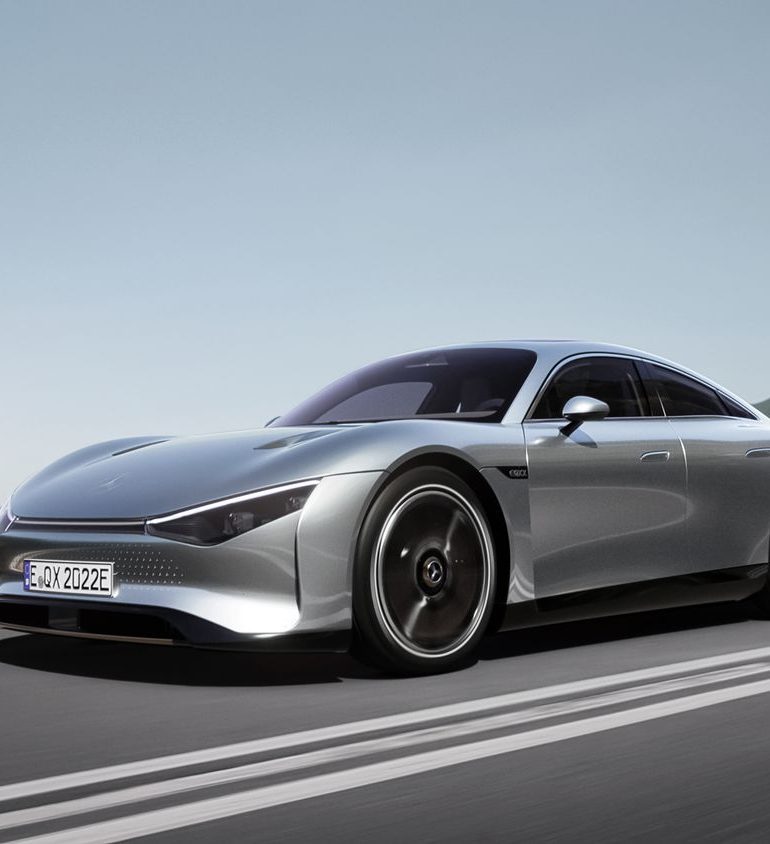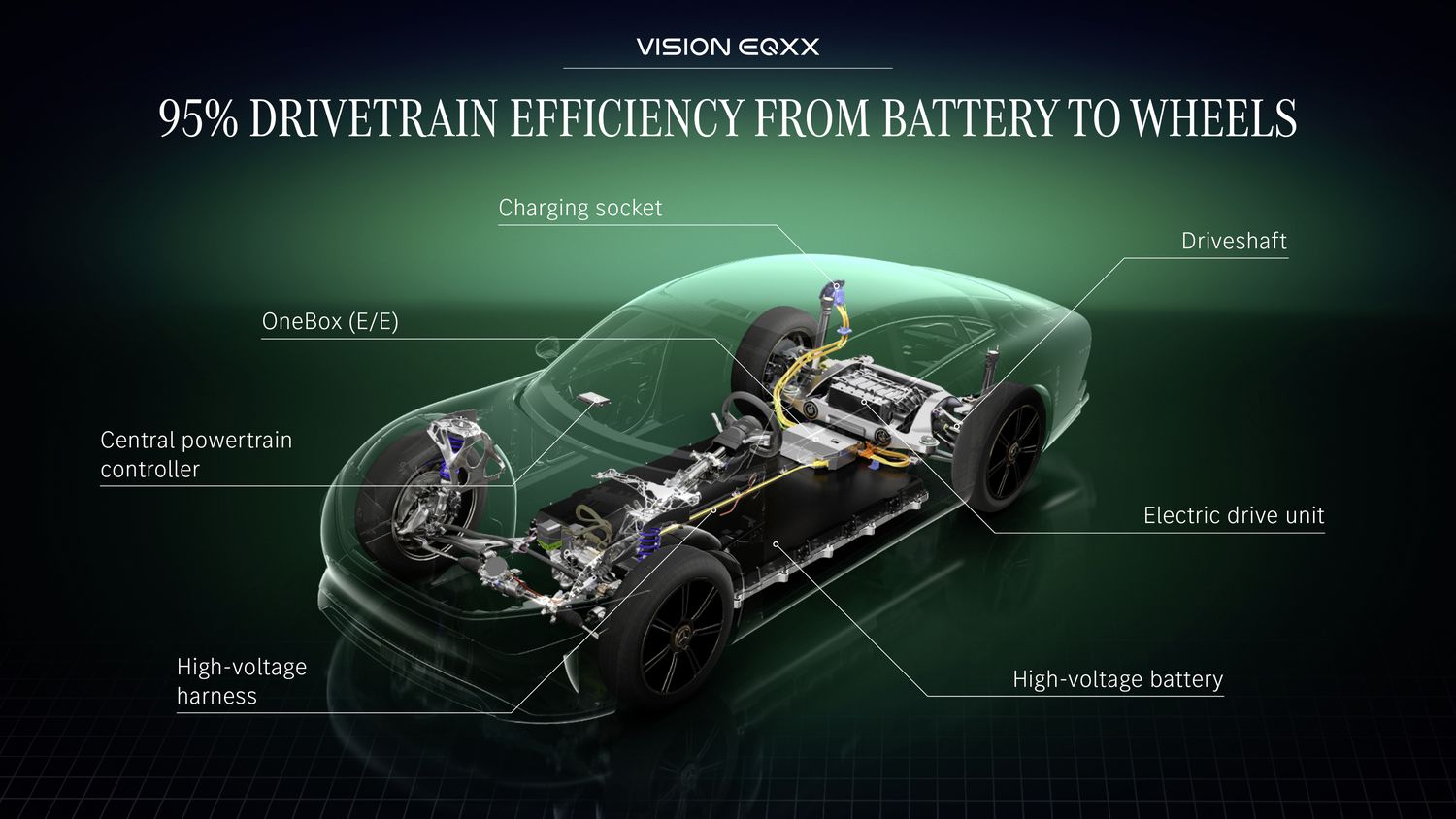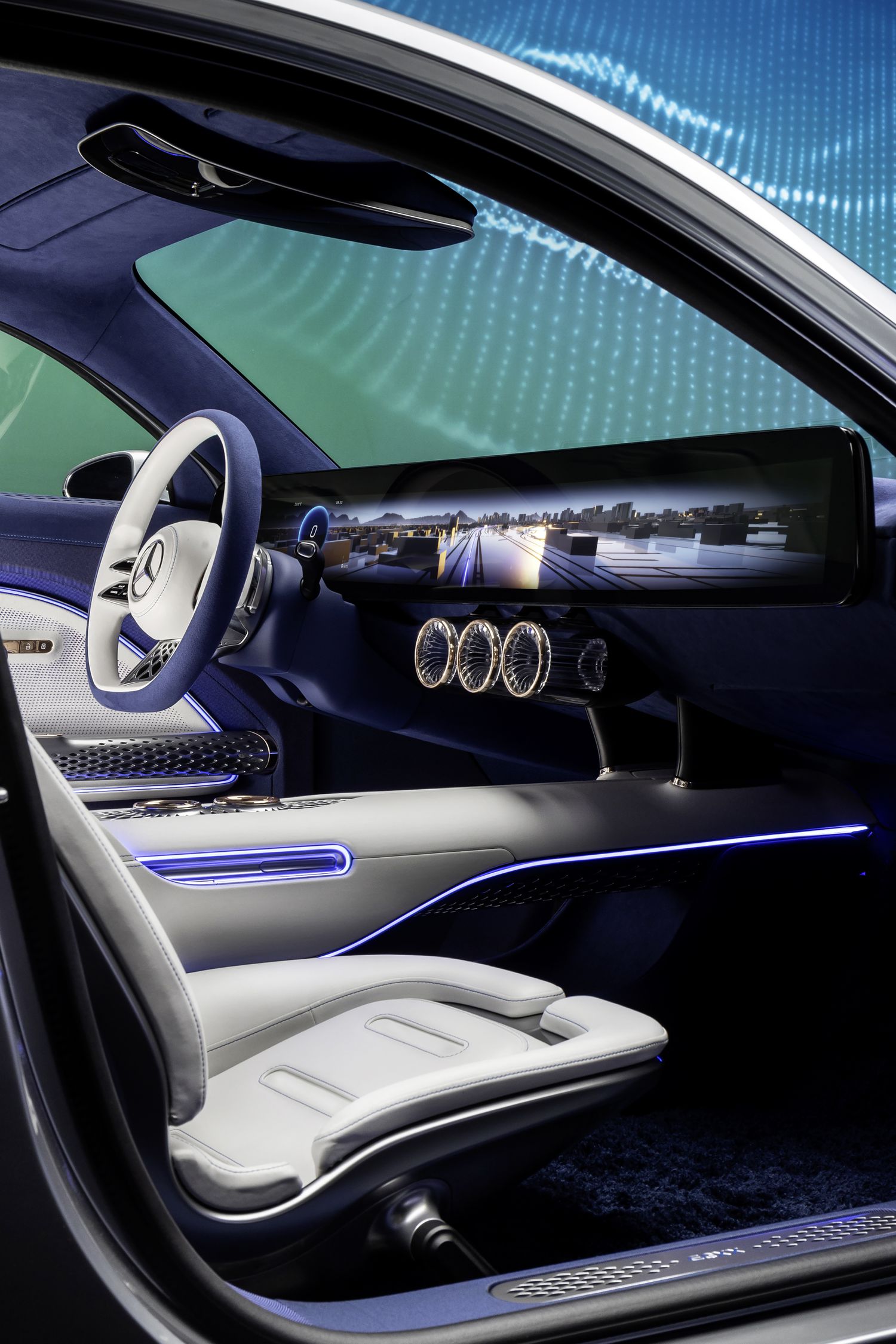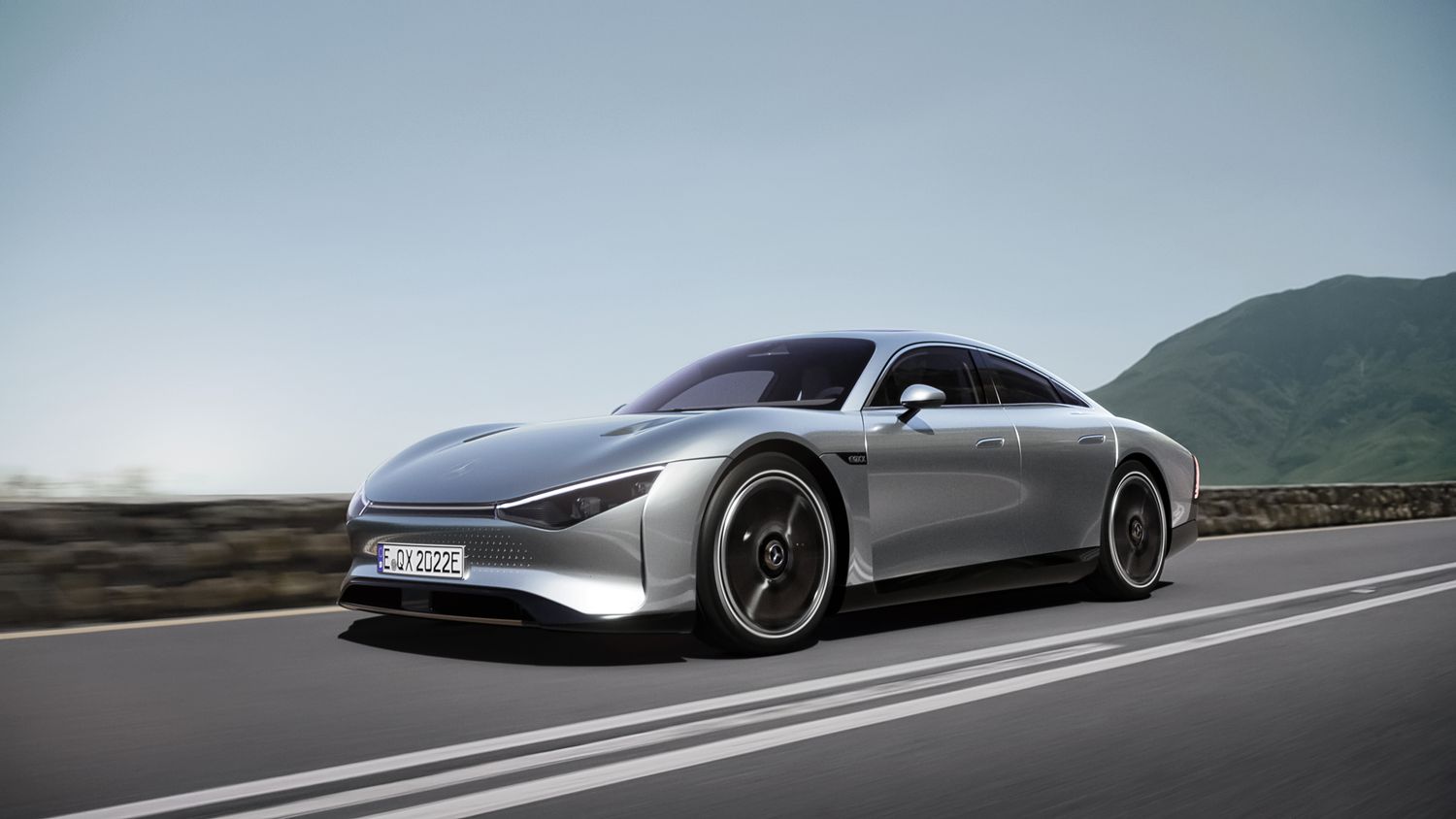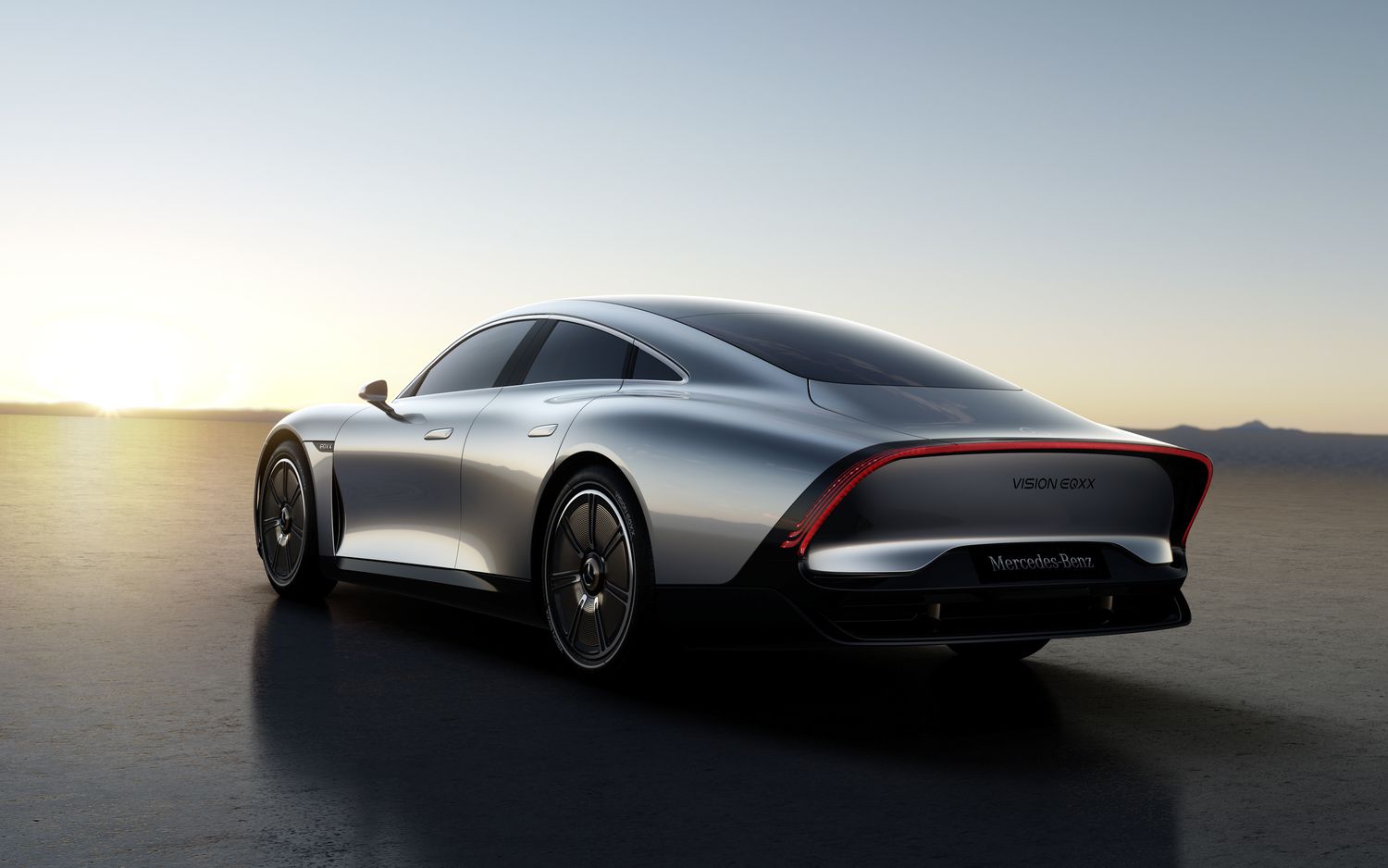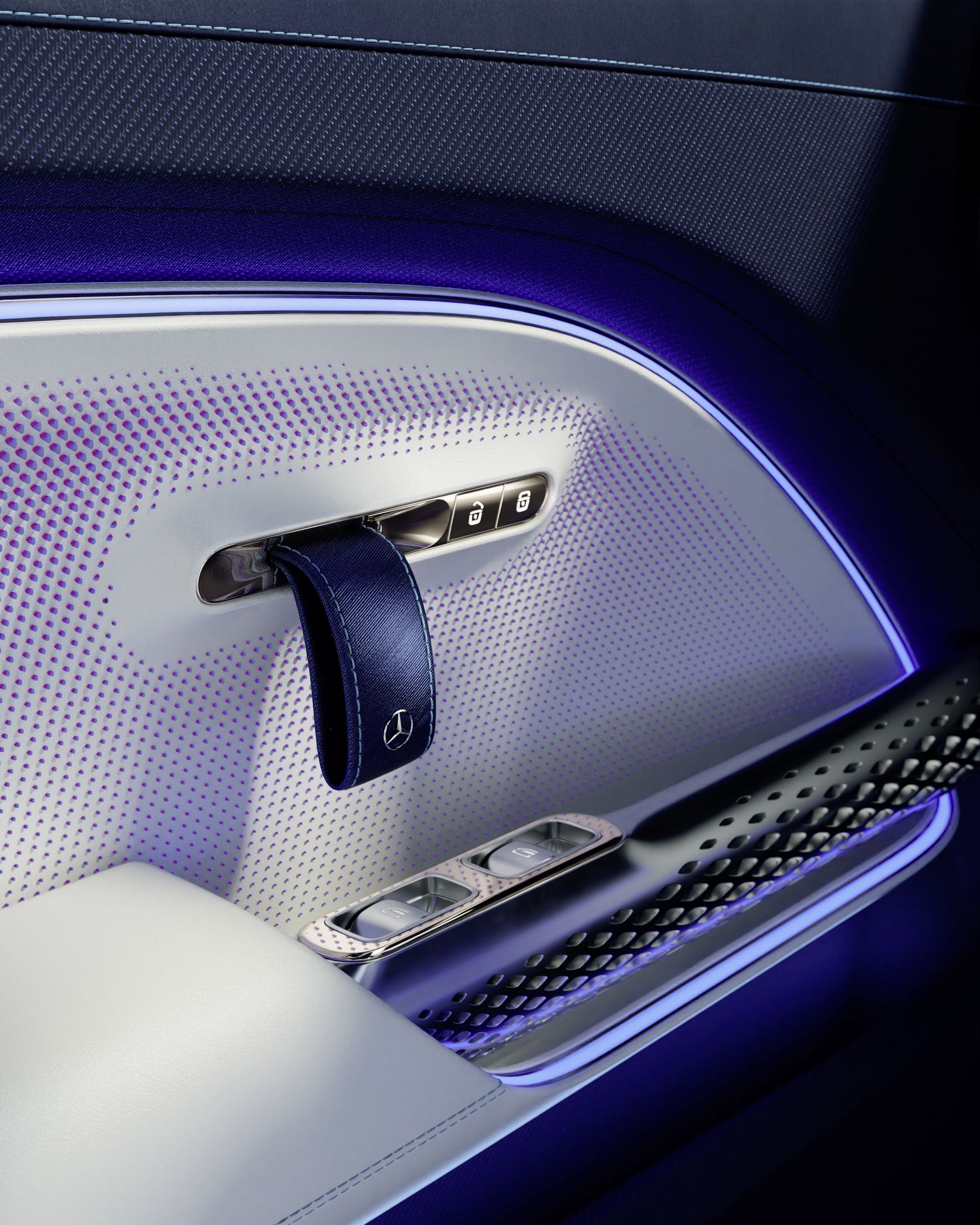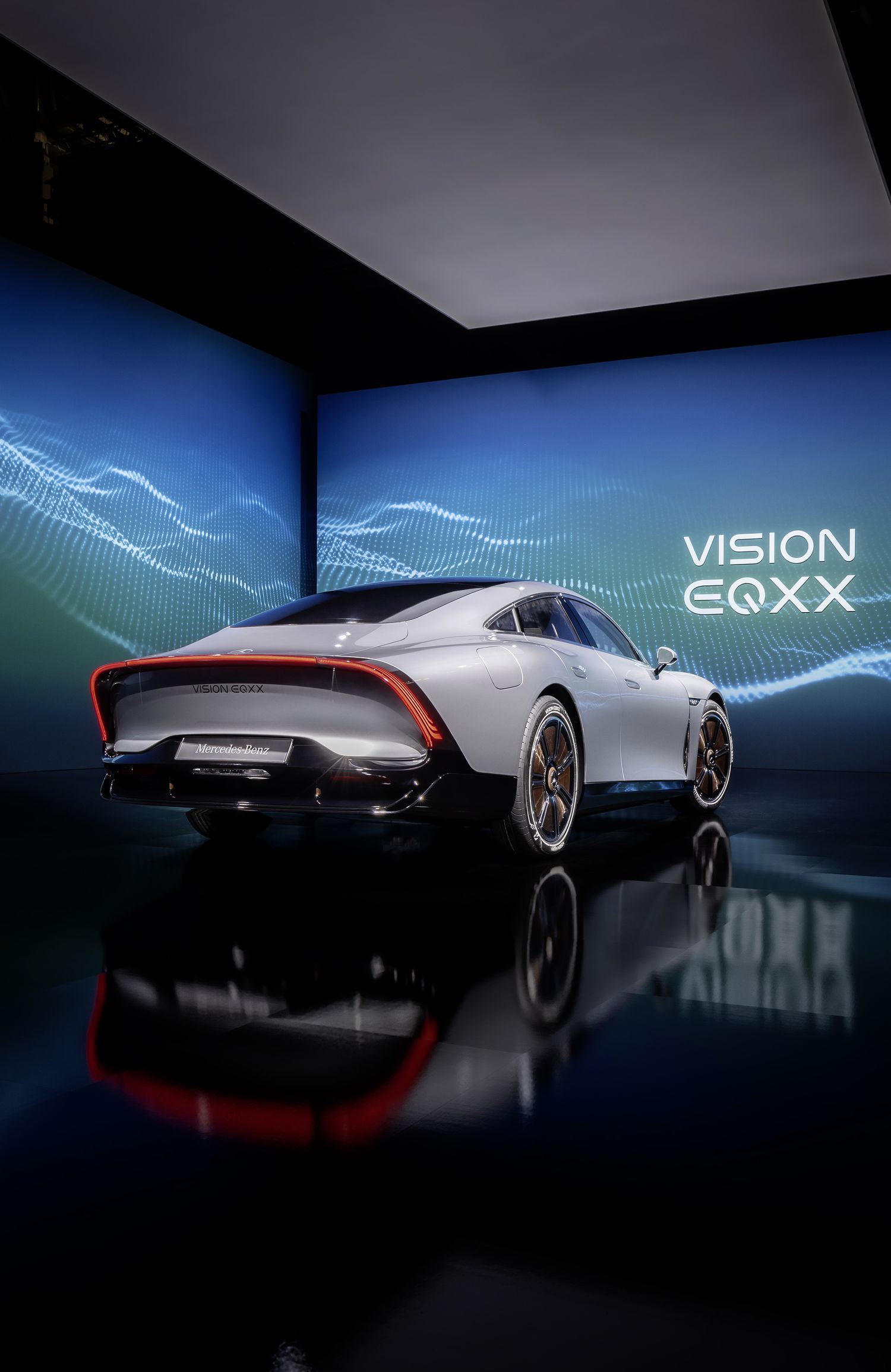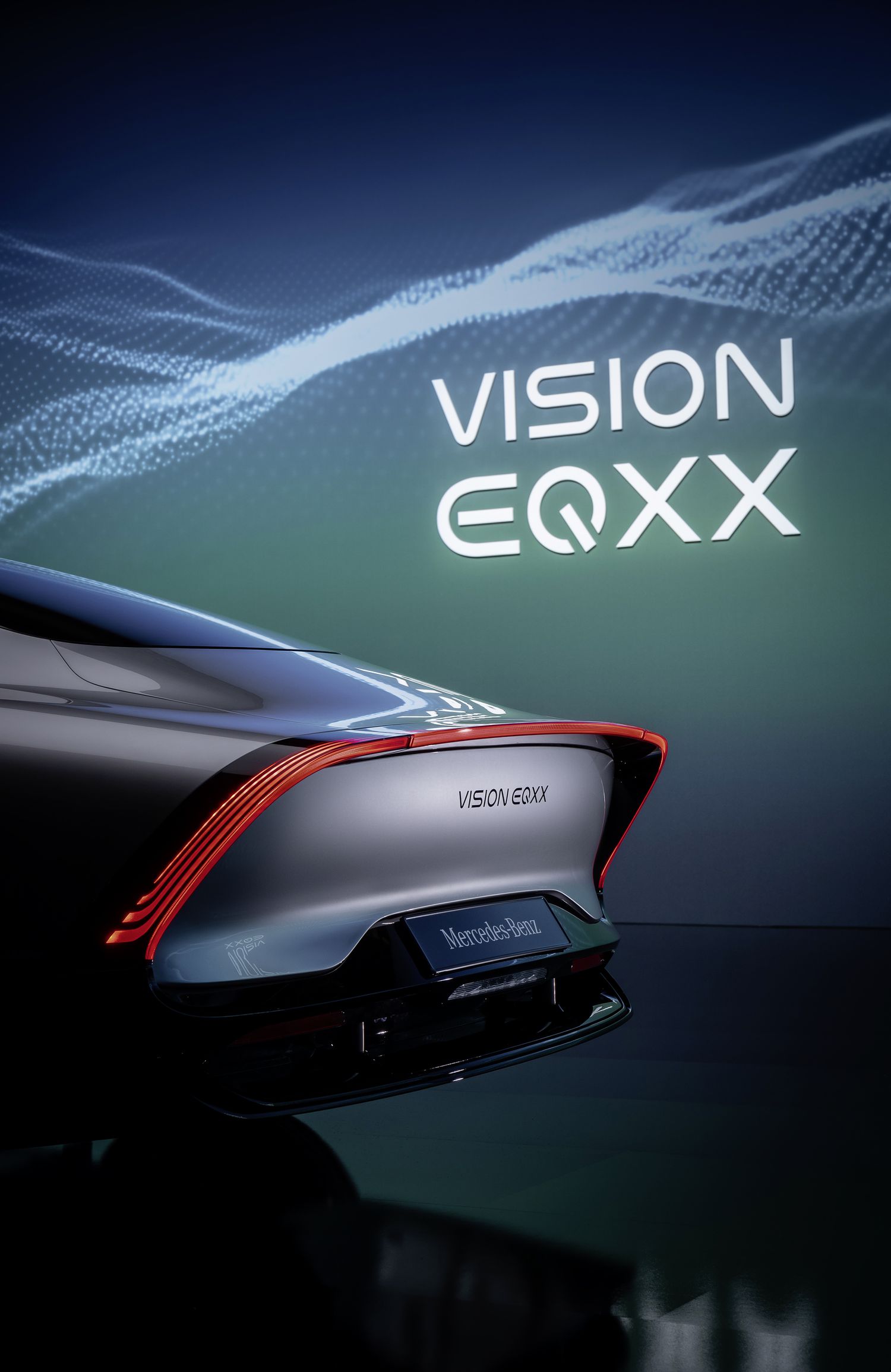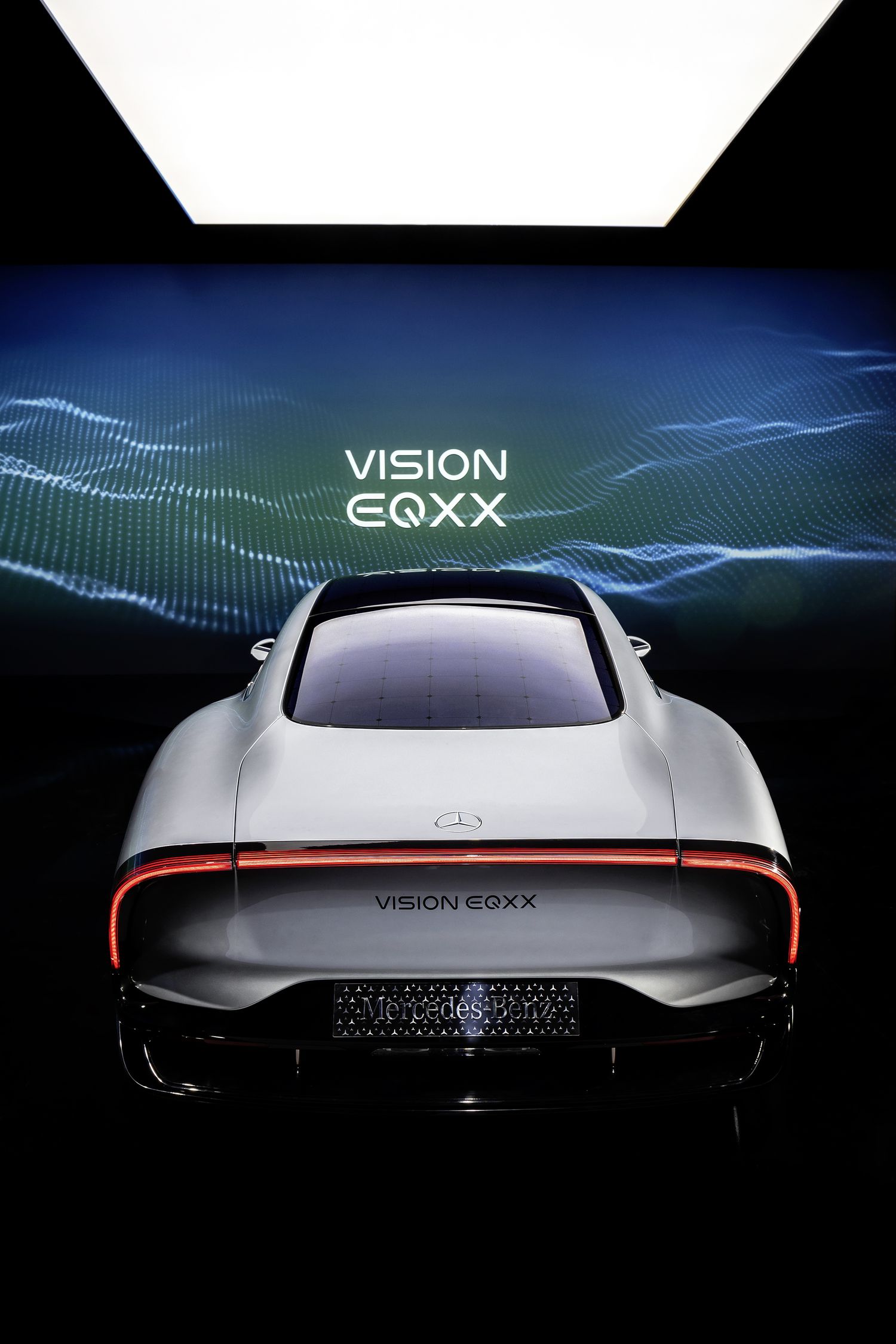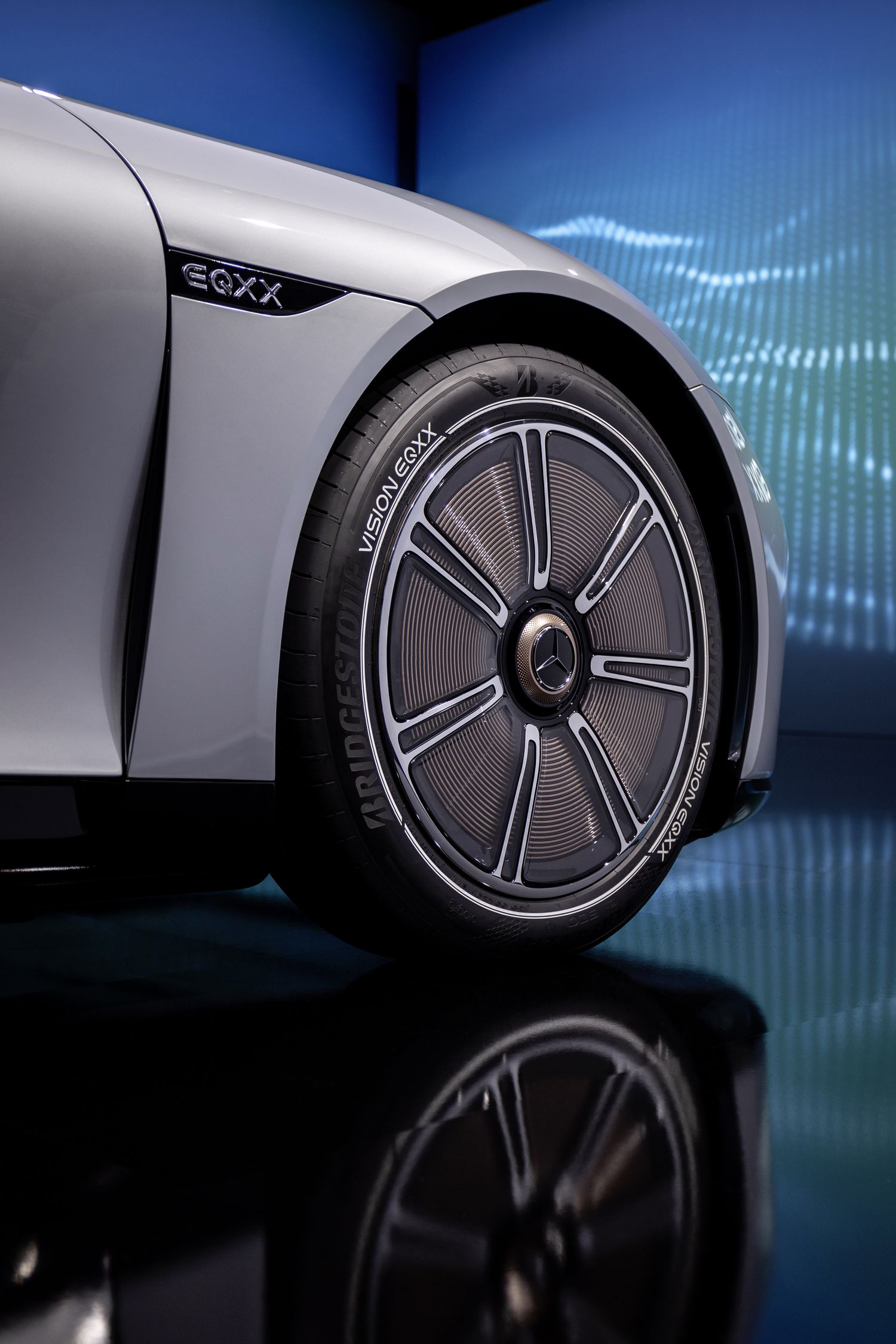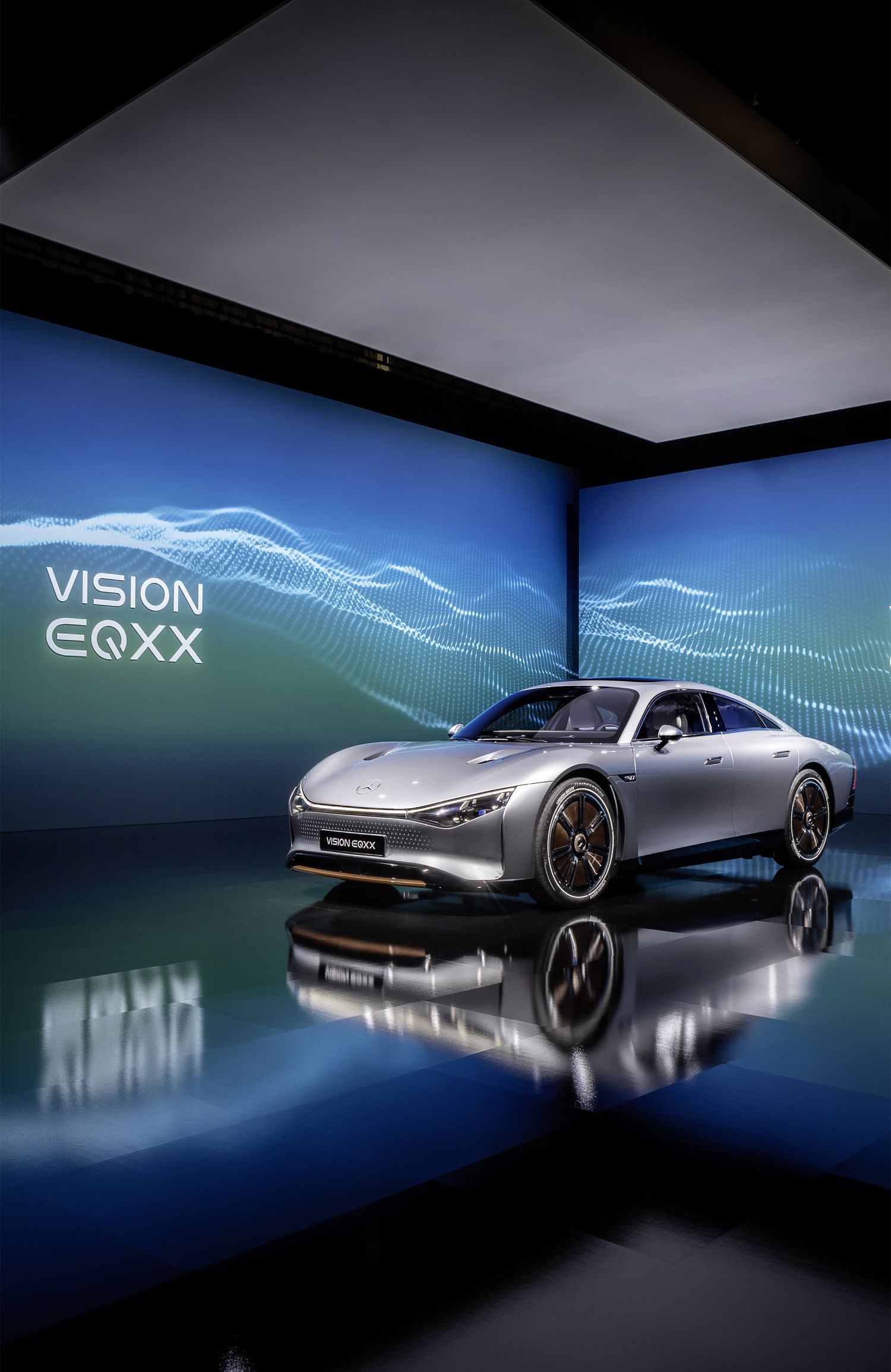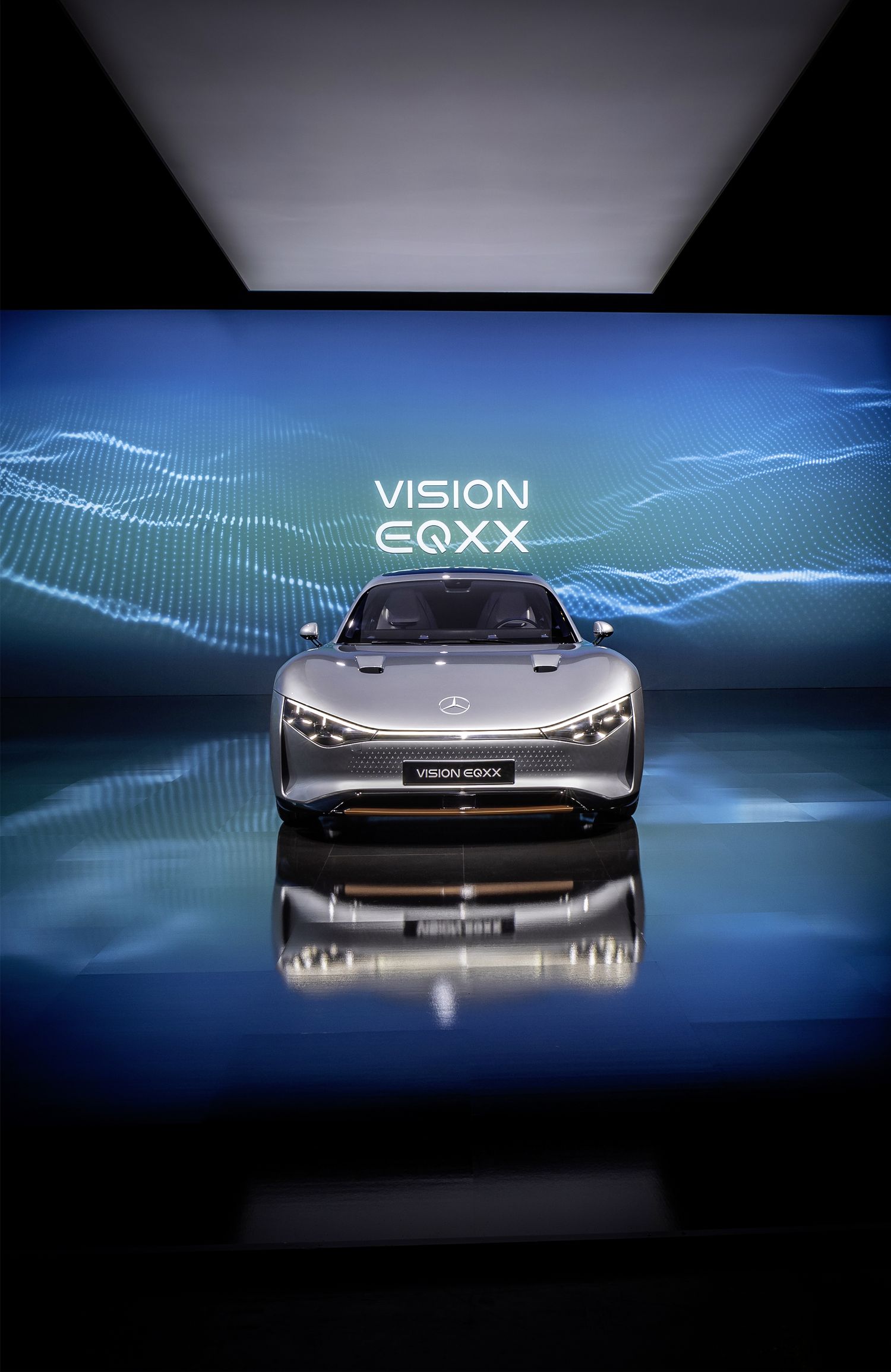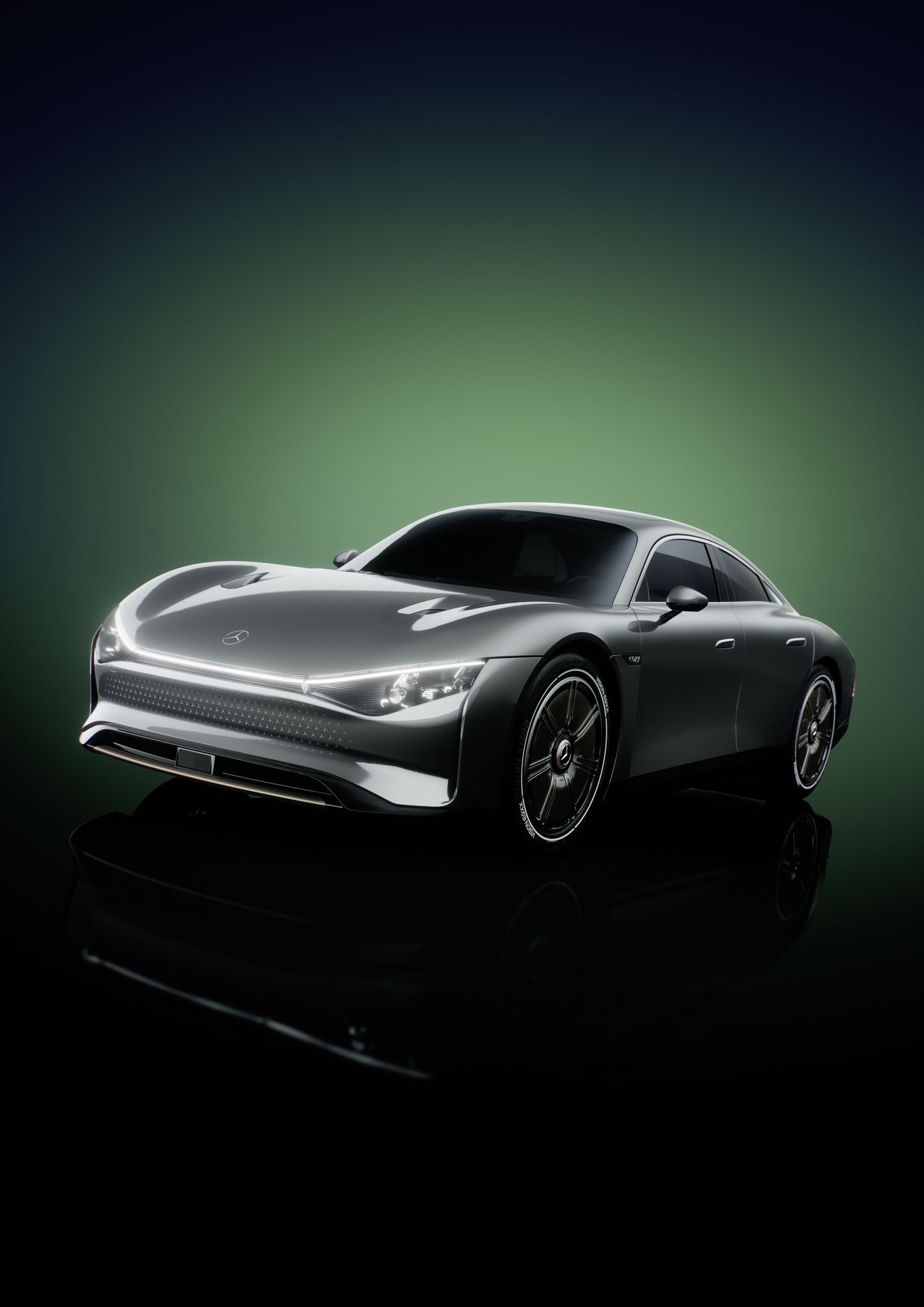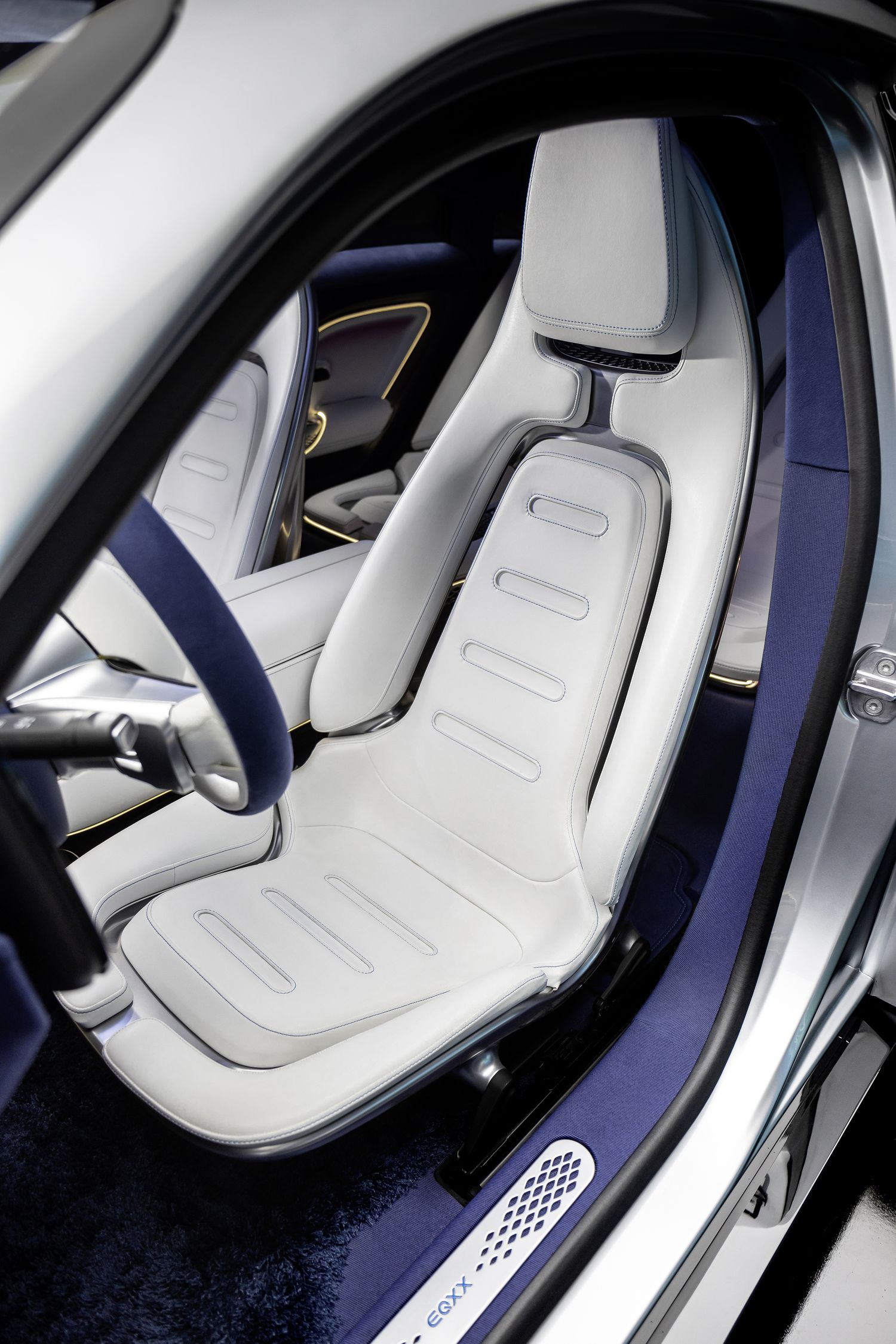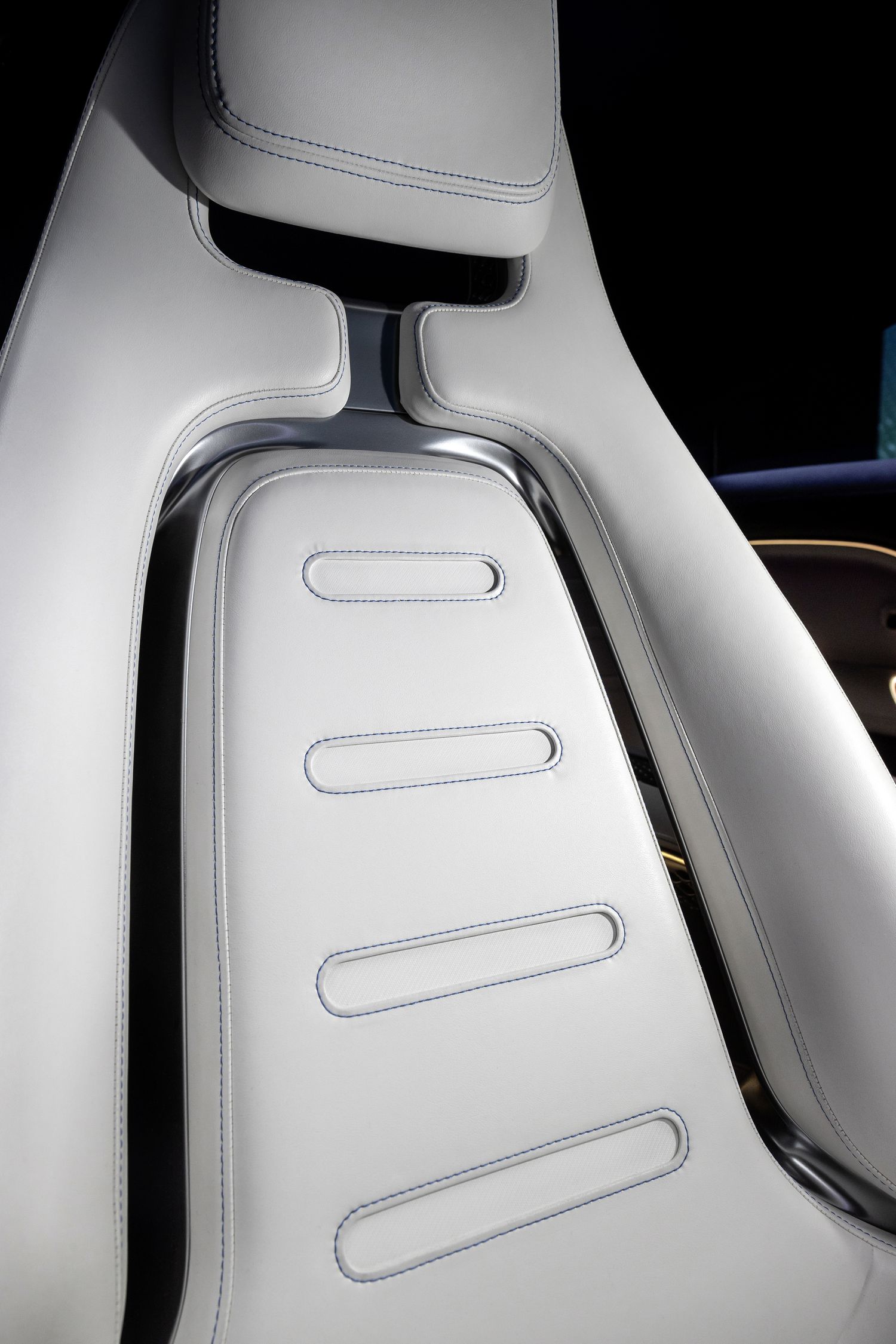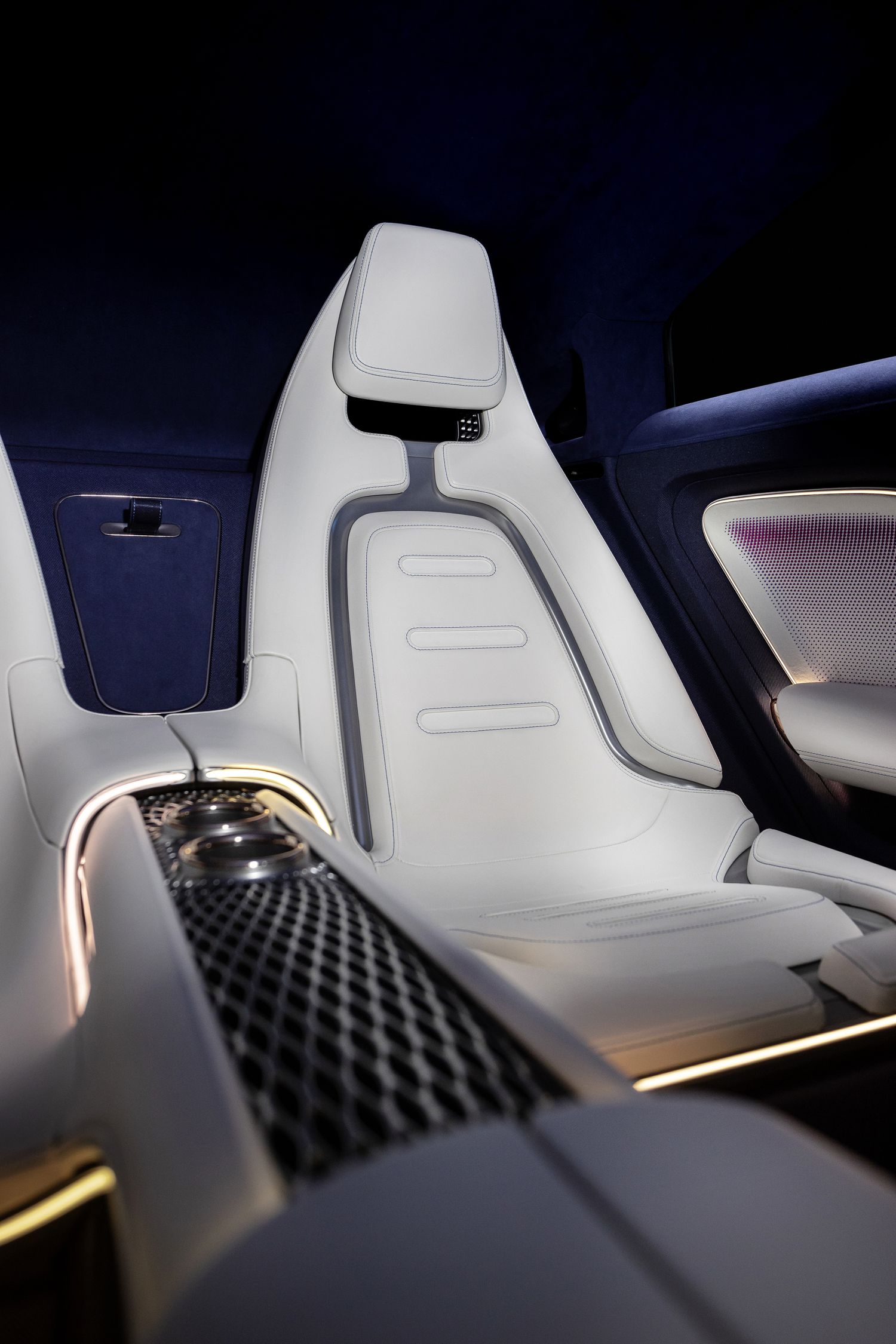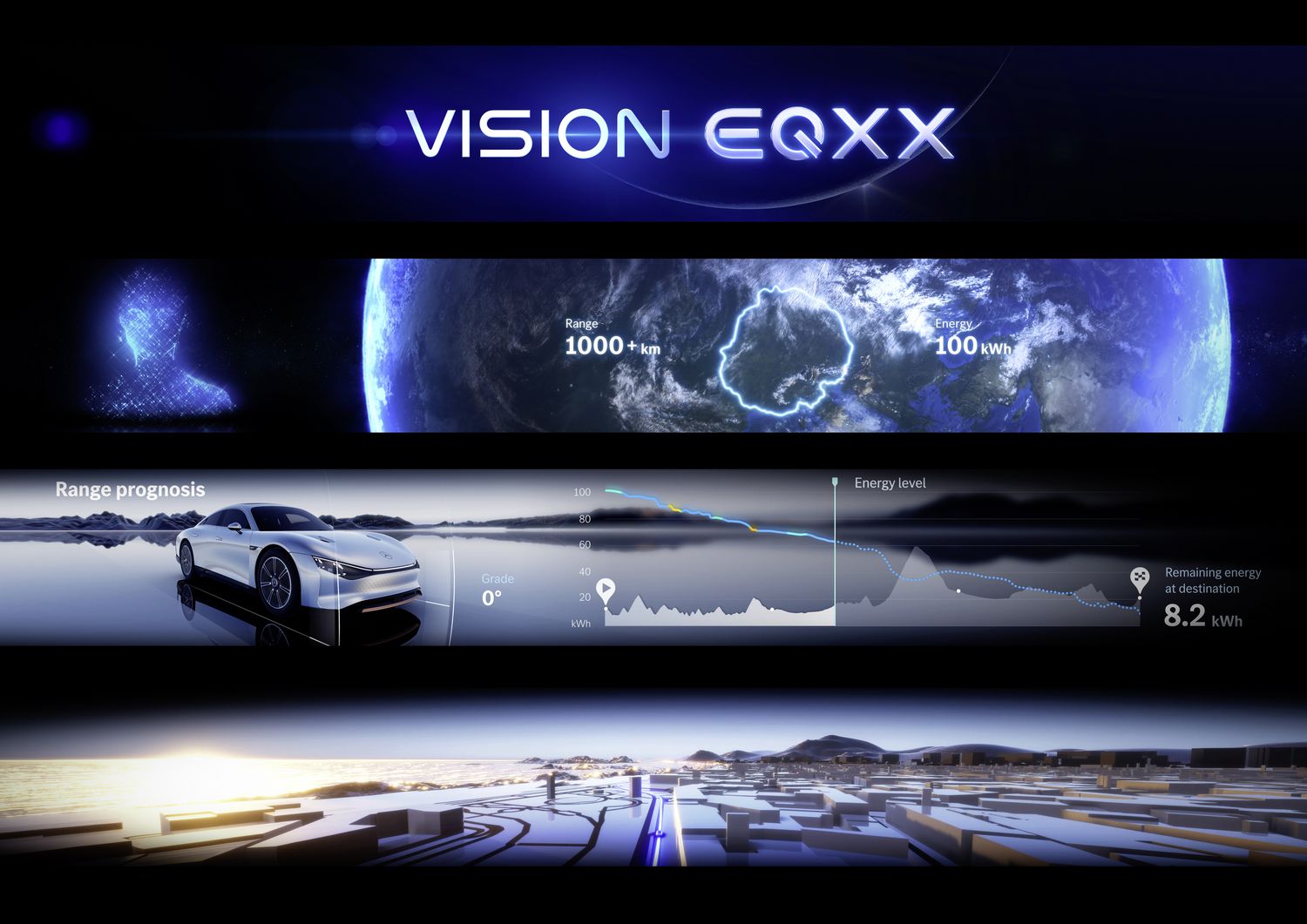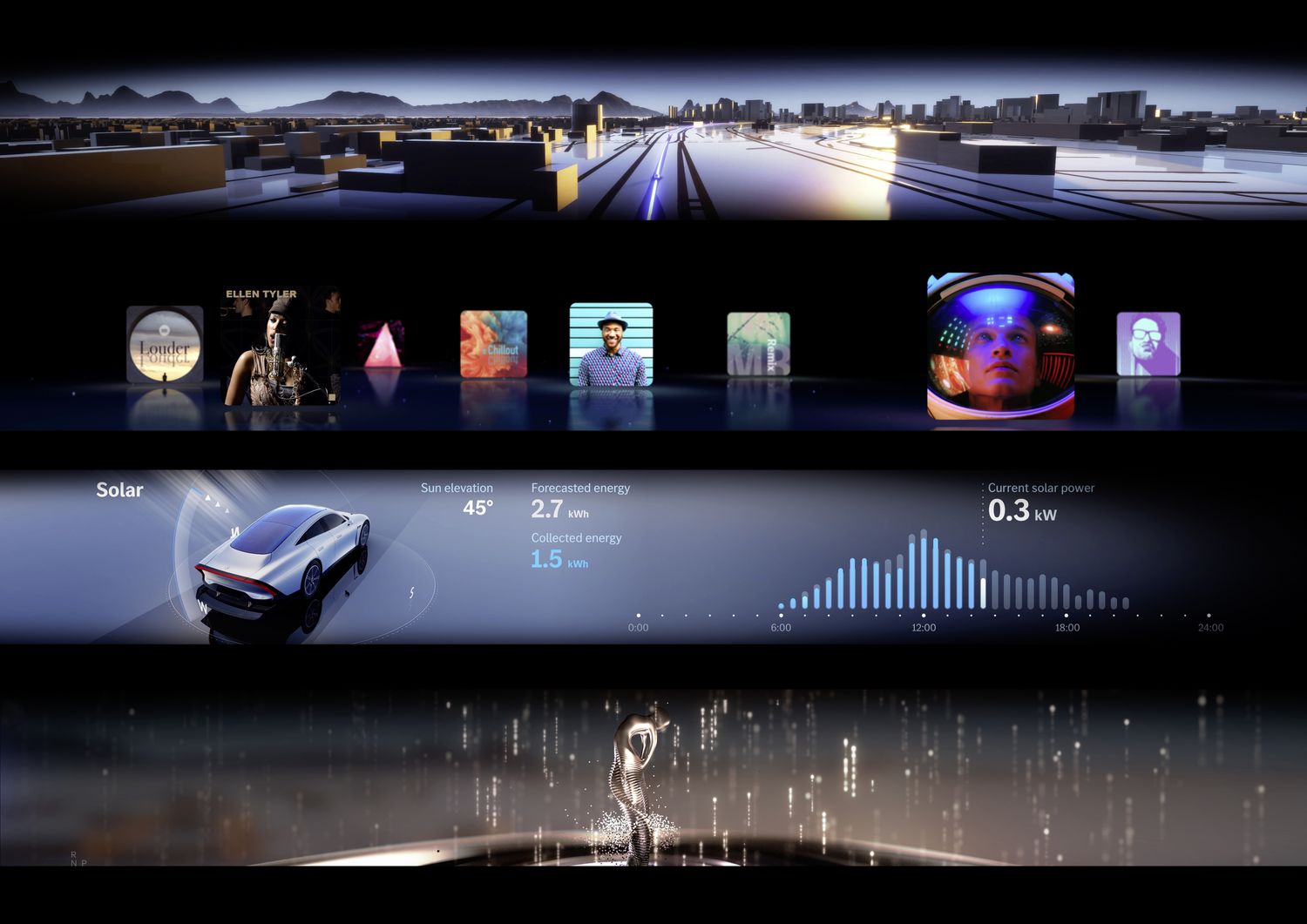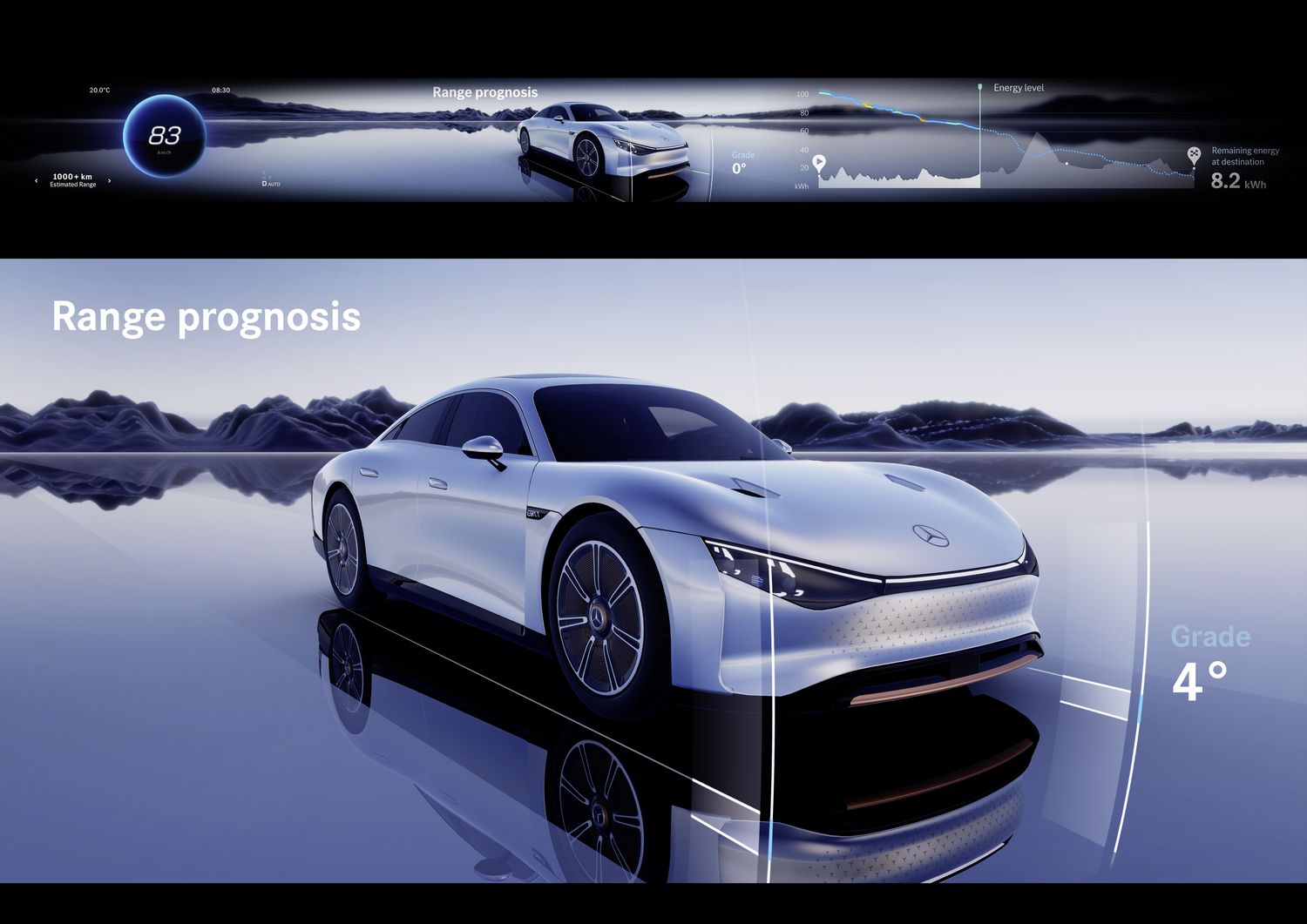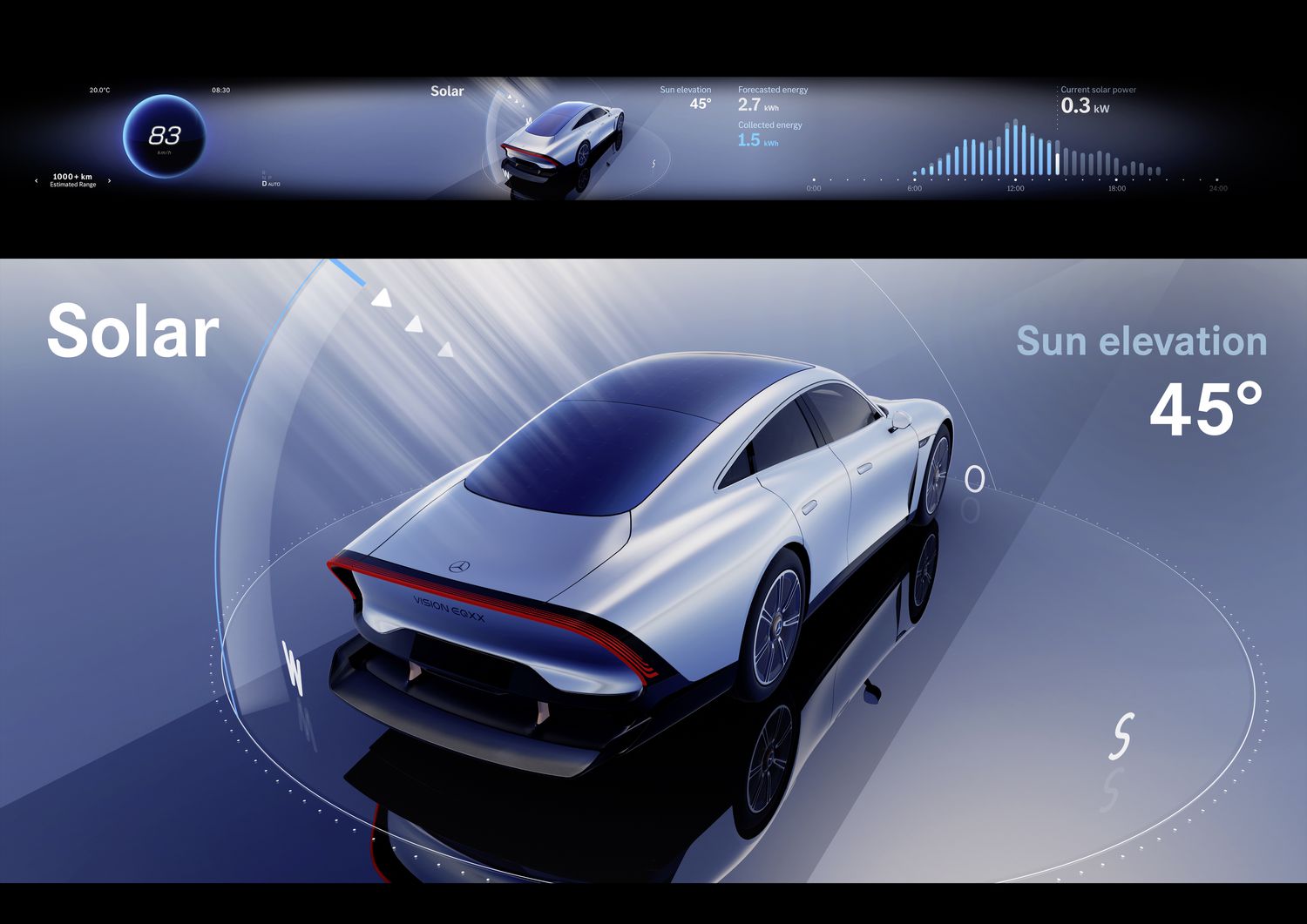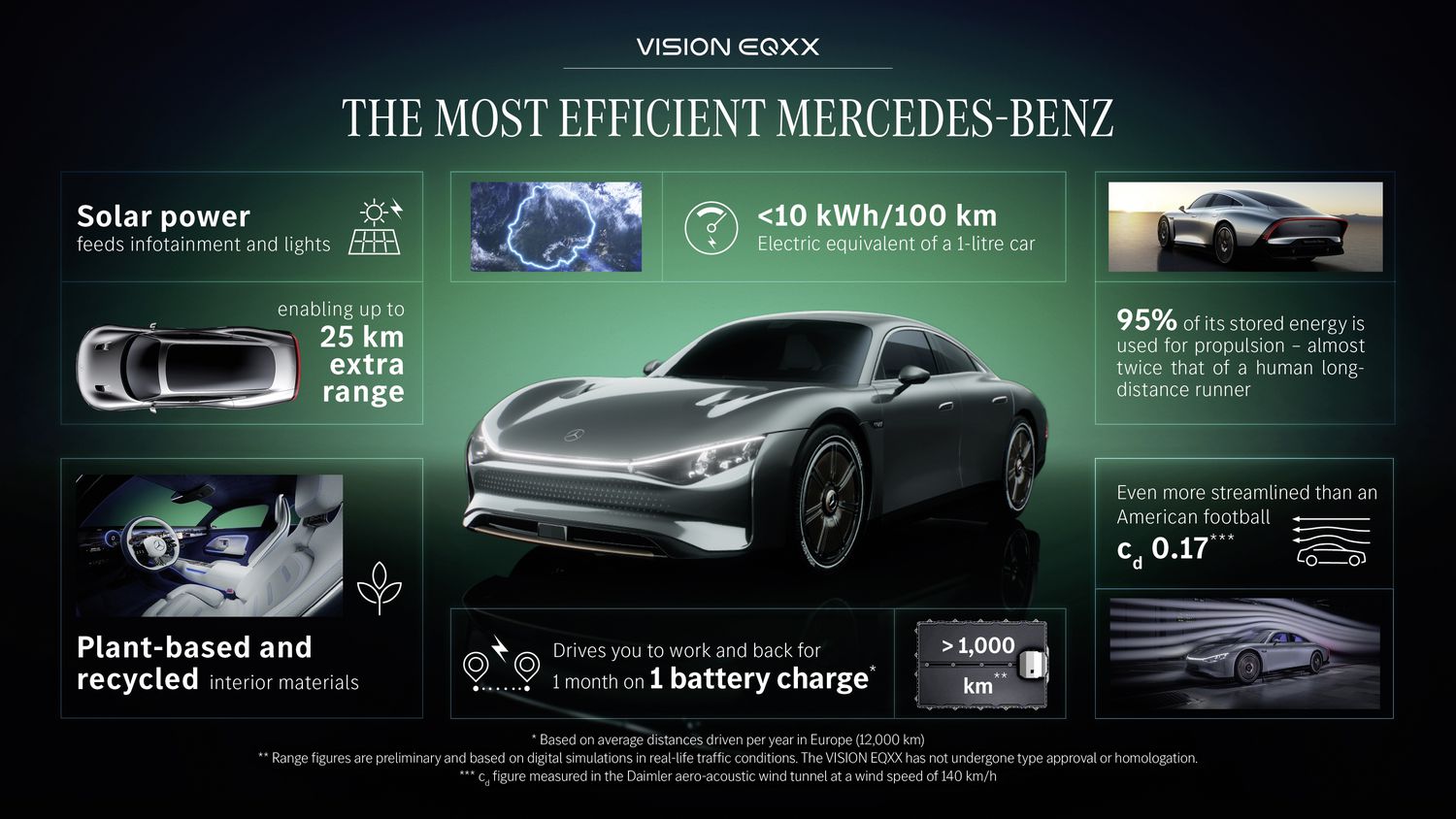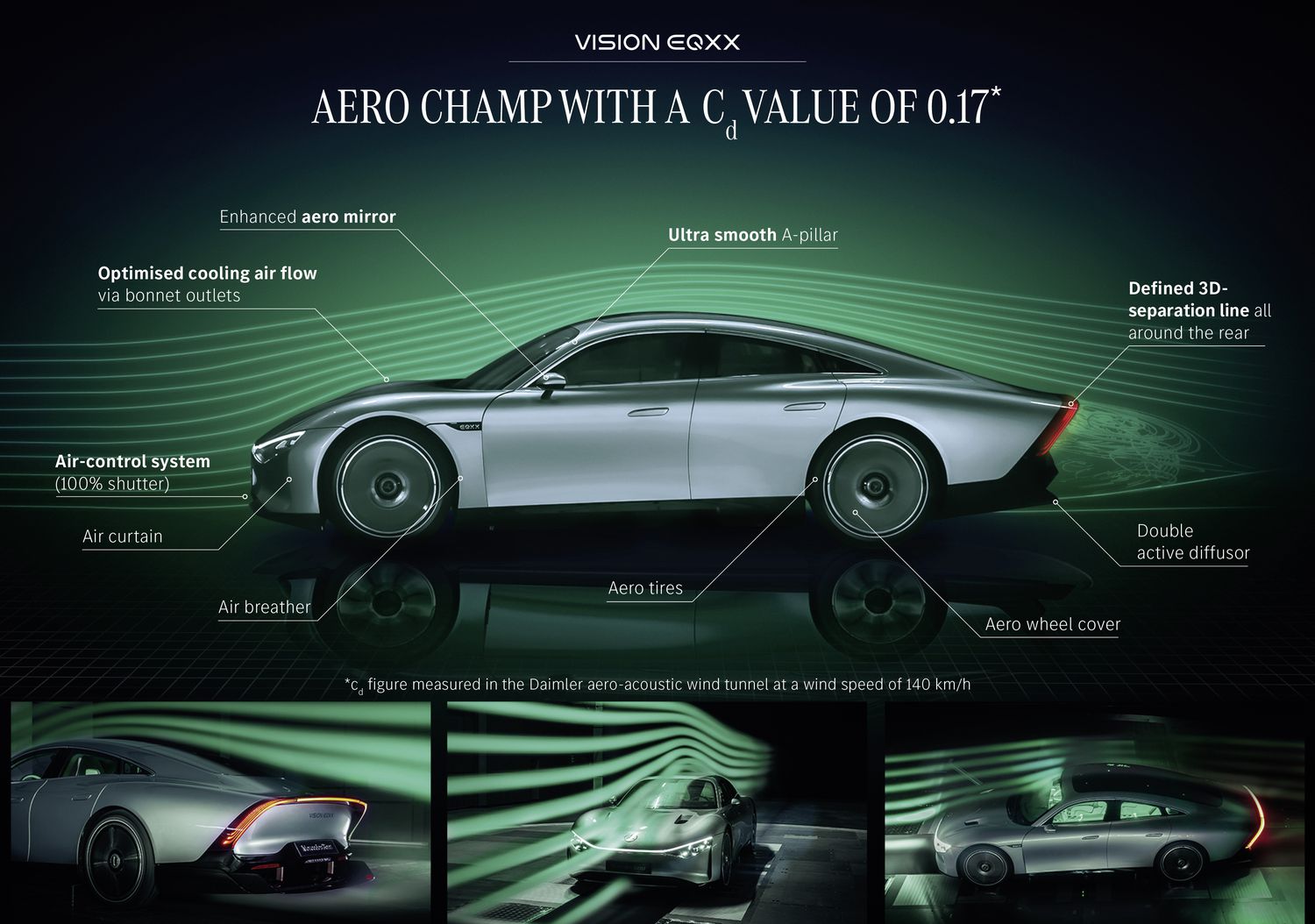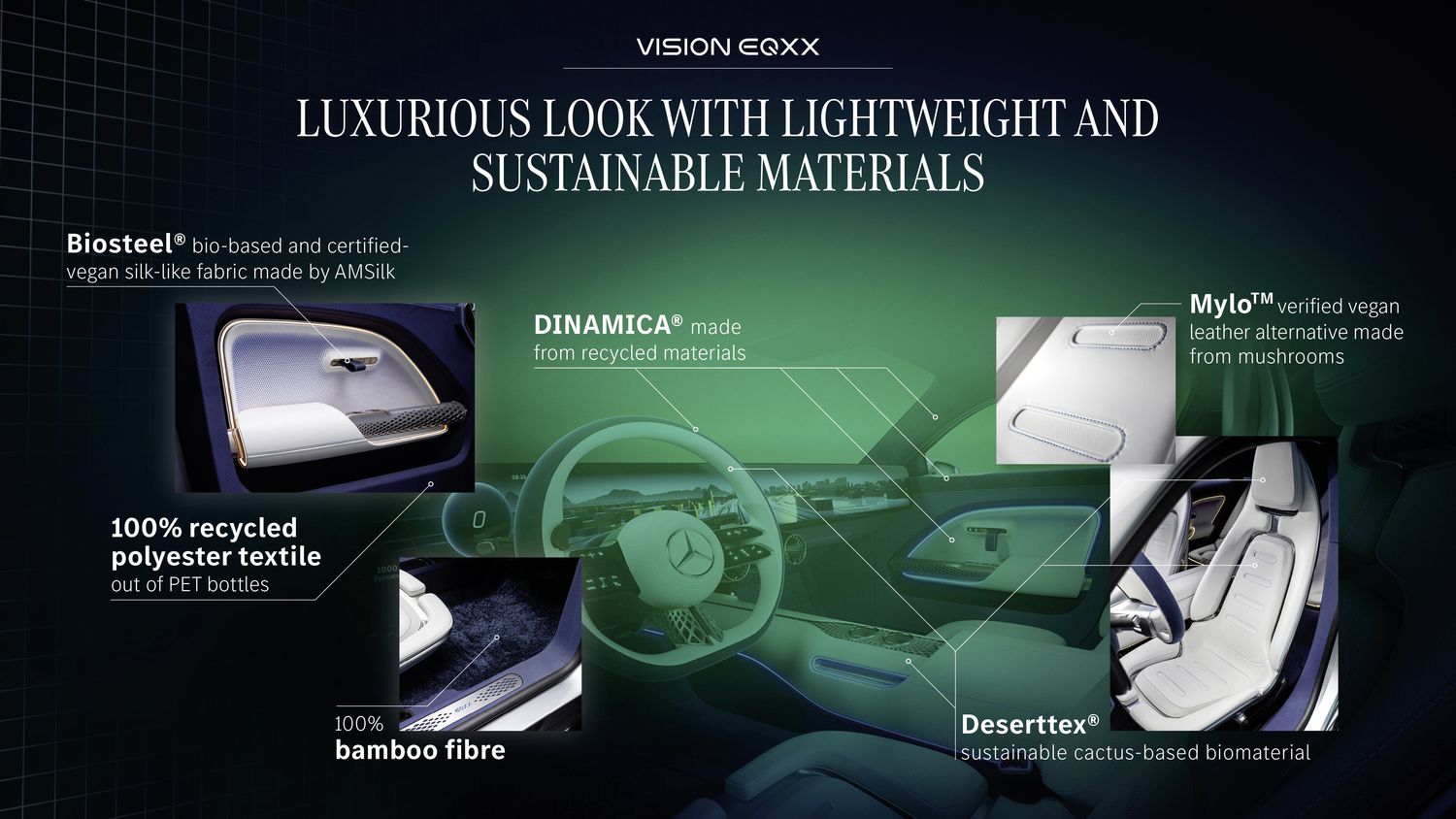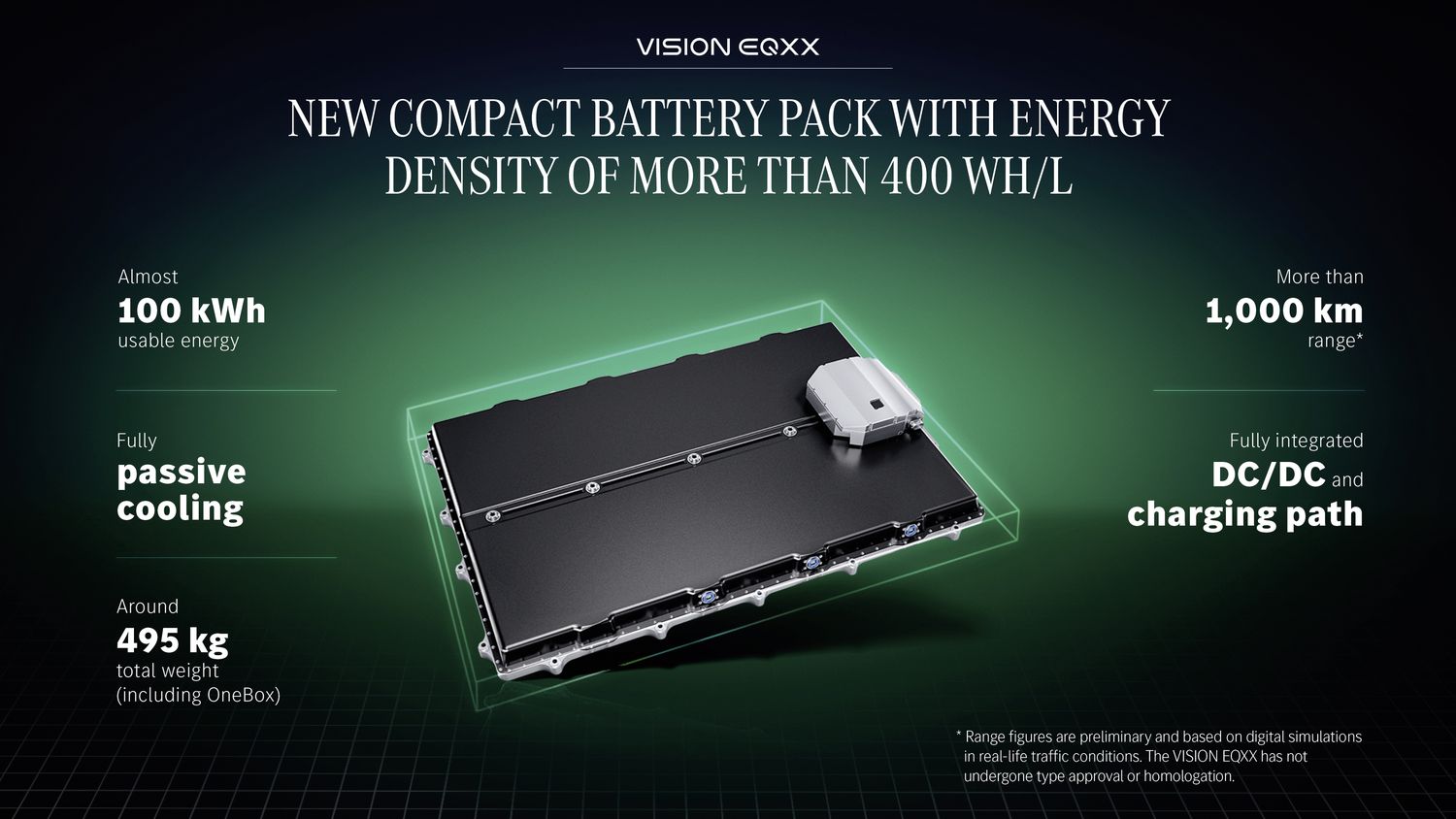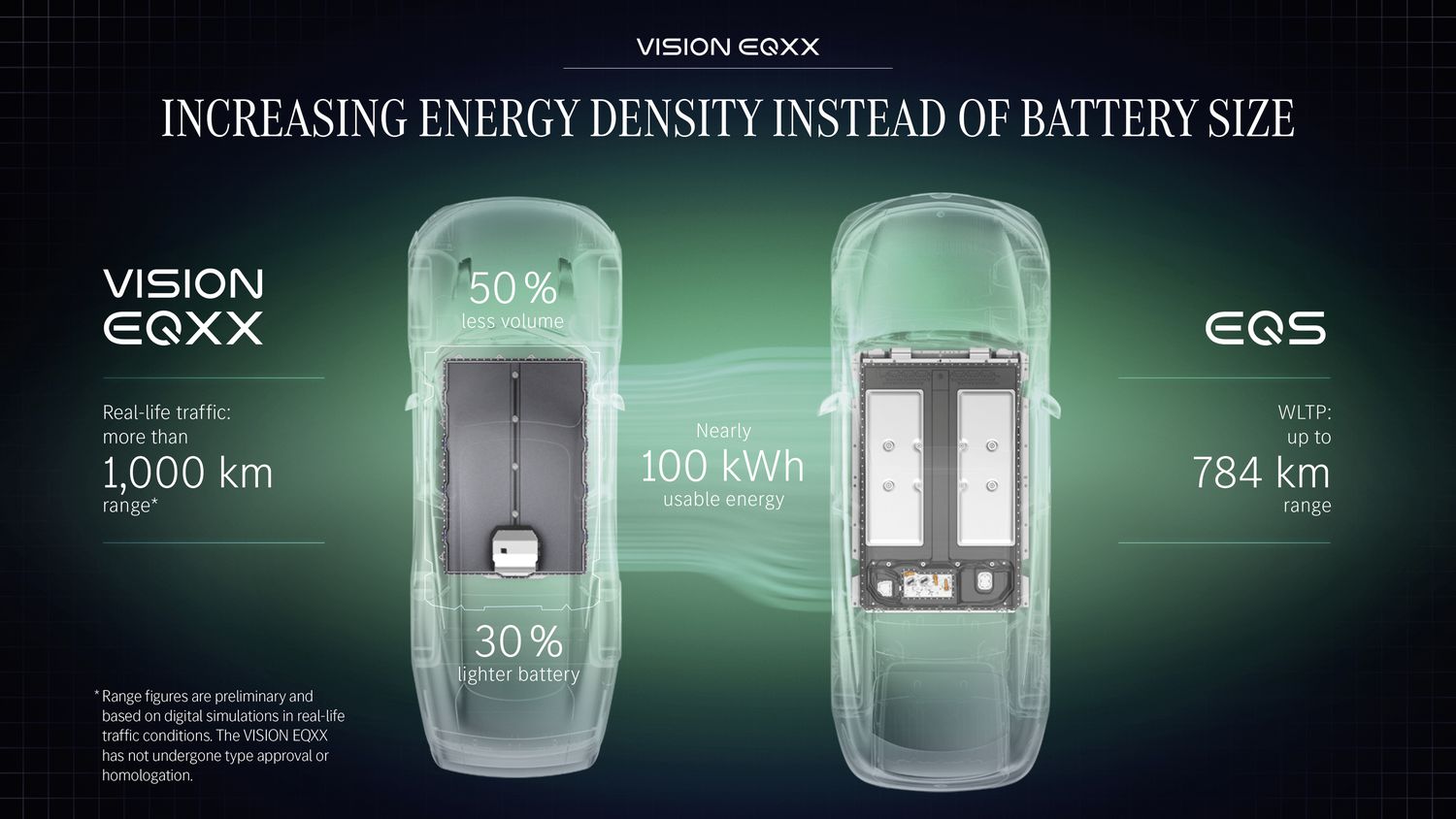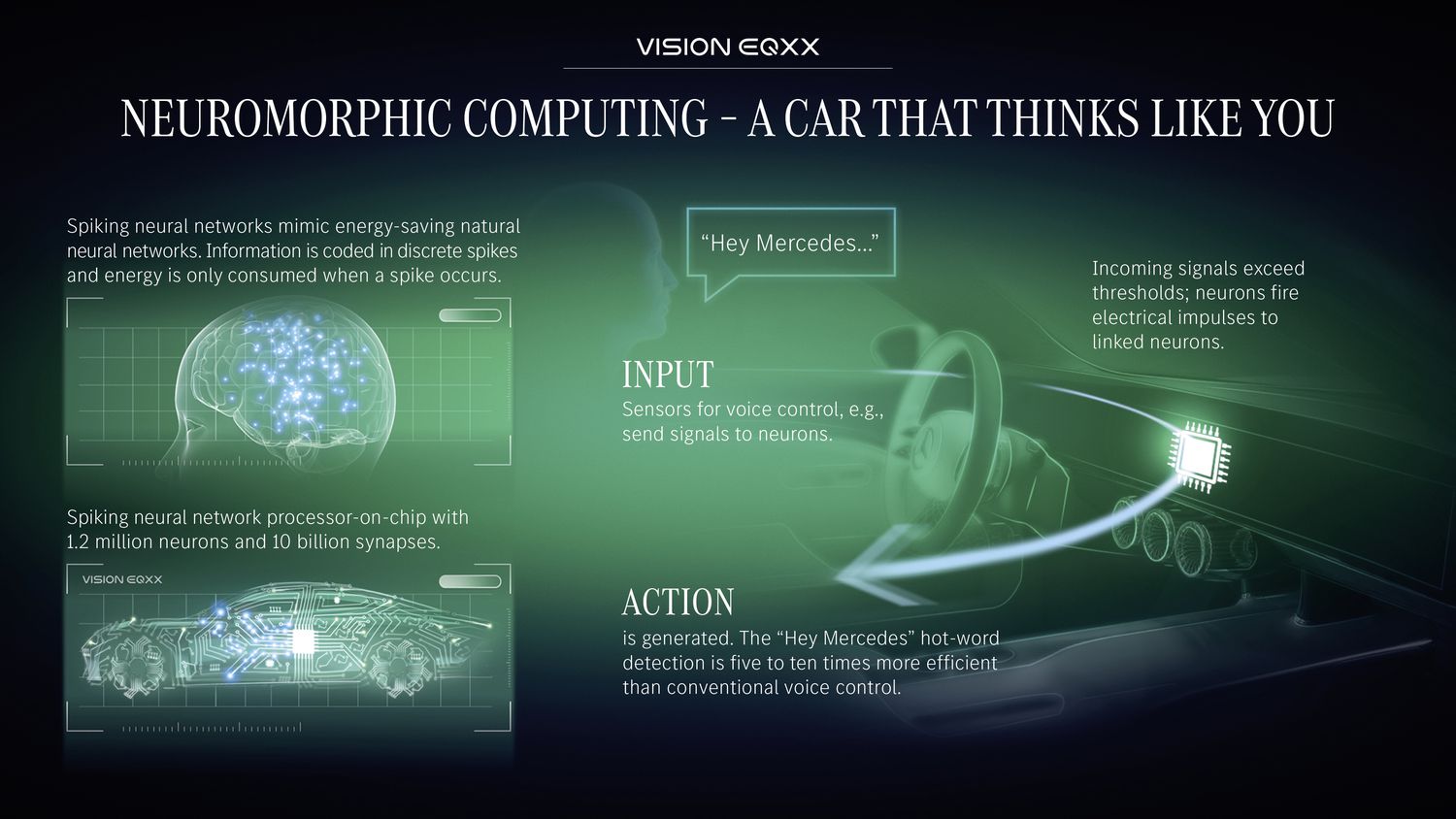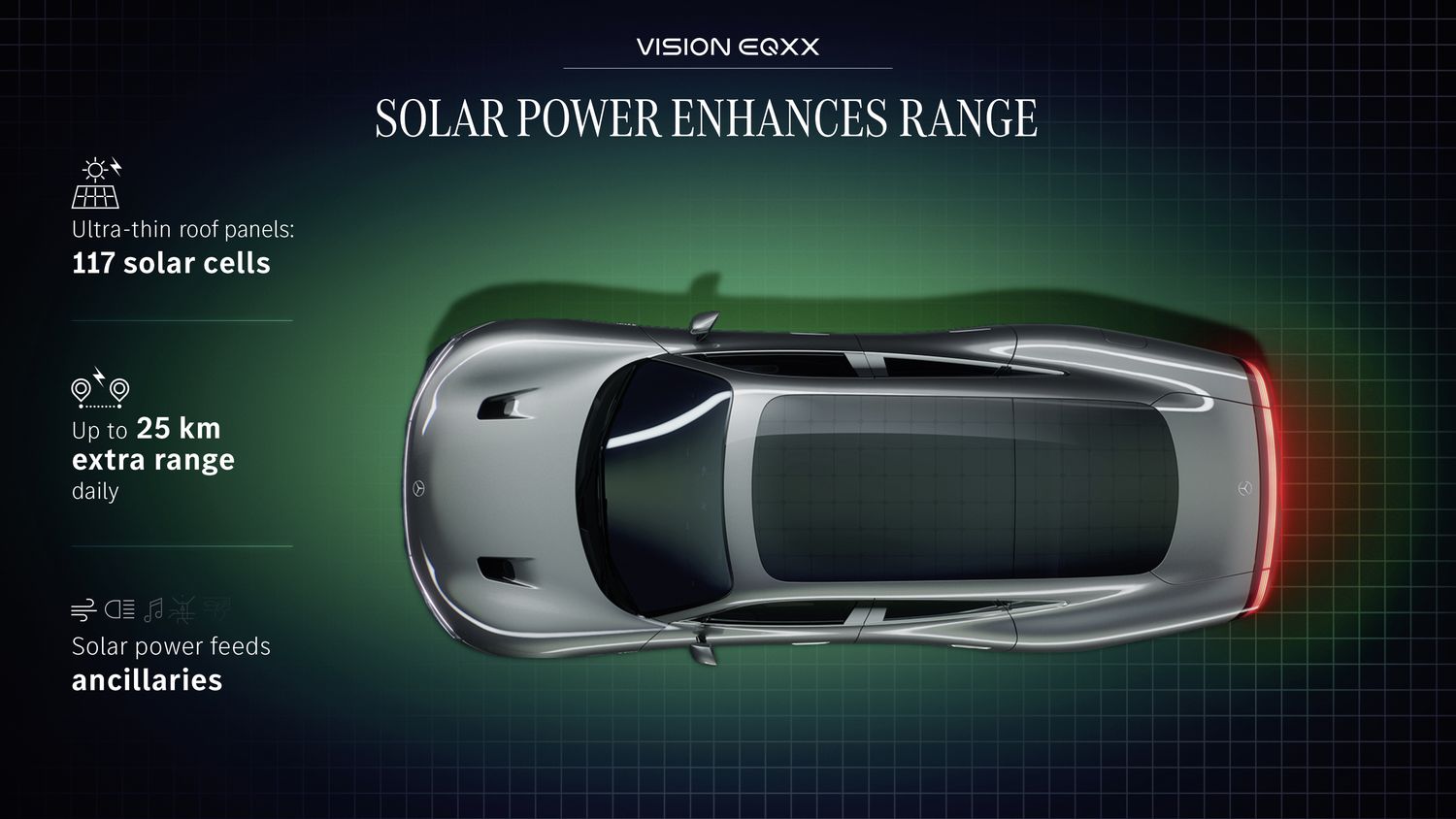2022. It’s a New Year, and with that, a new fresh-faced and wide-eyed competitor has entered the fray. The arena is the high performance EV segment. The star players are circa 202x fully-electric sedans with violent athleticism, yet a delicate eco-friendly touch.
Like its young forefathers, the Mercedes-Benz VISION EQXX prototype—unveiled via the Digital World Premiere livestream today—looks to redefine our understanding of what was once deemed conventional (or even possible), providing yet another chapter of what the future of automobiles can and will look like. If it delivers on everything the brilliant people at Mercedes-Benz are promising, it may as well rewrite the book completely.
Here’s our coverage of the reveal and our thoughts on the groundbreaking new EV, poised to shake up the industry as much as any other car in the entire history of automobiles.
Key Highlights
- Platform for all future electric Mercedes-Benz cars going forward
- Overall functionality centered around the use of a cloud-based AI and digital interface powered by a gaming engine
- Most efficient Mercedes-Benz car ever made:
- 0.17 cD, lowest drag coefficient ever achieved by a production model
- compact battery architecture, but with improved range (620 miles or 1,000 km on a single charge)
Electric Performance & Drivetrain
What we do know for sure and what was profusely marketed to us throughout the livestream is the EQXX’s groundbreaking battery technology, which not only allows for range figures well above today’s conventional outputs, but has also resulted in a smaller overall footprint.
Yes, that certainly means the battery itself is notably smaller and much lighter than what has been used in EVs up to now, but the new design is about efficiency in all important areas of electric performance; namely, an e-drive system which has achieved 95% efficiency (compared to 75% in current EVs). Solar panels on the roof are said to be part of the range equation, too. “Efficiency is the new currency”, according to Mercedes-Benz.
This should make it possible to keep electric consumption (measured in kWh/100 km) within single-digits, even under the stresses of real-world driving demands. For those not familiar with EV terminology, take for example the Porsche Taycan 4S, where obtaining a kWh/100 km figure in the mid-teens would be considered extremely good for that platform.
The EQXX’s electric drivetrain has certainly been the beneficiary of the UK-based Mercedes-AMG High Performance Powertrains (HPP) department’s expertise, and their close working relationship with the company’s Formula 1 division. Mercedes-Benz have every right to boast their intimate connection with the most high-profile proving grounds in motorsport, while showcasing the advantage they’ve earned when it comes to trickle-down technology adoption into their road cars.
All things considered, Mercedes-Benz has stated that this will allow the EQXX platform to achieve a range of 620 miles (1,000 km) on a single charge. While there are no official figures yet on power or torque figures, there tends to be a linear relationship between performance and range when it comes to EVs. Therefore, we should expect the EQXX platform of being capable of producing some impressive numbers—whether they will be of the high-3-figure or even 4-figure flavor, we will just have to wait and see.
Design & Driver Interface
From the outside, the EQXX has incorporated visual cues from the Porsche Taycan and McLaren Speedtail (through my eyes, anyway). This translates to a streamlined front end which flows into a sloped and elongated teardrop silhouette at the rear.
This blend of futuristic design language and minimalism not only provides beautiful aesthetics, but maximizes aerodynamic performance as well. The shape of the car is largely responsible for the aforementioned 0.17 cD being achieved, which would make it the most aerodynamically efficient car ever produced.
Inside, there’s technology reminiscent of what you’d expect to see in futuristic sci-fi films like Blade Runner or Star Wars—without the buzz-killing dystopia, to boot. If anything, the cockpit in the EQXX is presented more as a utopia, with the prolific use of new-age sustainable materials such as Bamboo Fiber, vegan AMSilk and cactus-derived Deserttex, ensuring a harmonious balance of bionic engineering and technological brilliance. The one-piece digital display and center tunnel also feature a “floating” design, which only helps in reiterating the overall sentiment.
Mercedes-Benz has stated that its AI-based “digital soul” manages the operations and functionality of the car to enhance the driving experience, with the goal of taking the human-machine amalgam to new levels while redefining what’s possible. It’s so new and so different, that it almost requires new vocabulary to be able to explain it in words; I encourage you to watch the livestream if you have not already done so.
What’s Next?
Current word is that a production version is likely to be a couple years out, with the company stating that in Spring of this year they will “...prove to the world that the road-legal VISION EQXX has a real-life electric range of more than 1,000 kilometres”. Whether this means that there will be a working prototype by that time—or perhaps something more—remains to be seen. No ideas on pricing just yet, but based on the industry’s current offerings and what you now know about the EQXX, you might be boldened enough to reverse engineer a guess. I’ll leave that up to you.
The whole concept-to-prototype stage was certainly fast-tracked by what would be considered normal standards, thanks in large part to emerging technologies and the most advanced computer modelling tools used for an automobile design to date. Most importantly though, Mercedes-Benz has a clear VISION for the future of transportation, so we shouldn’t be surprised if we see a EQXX-derived production car on the road sooner than later.
We’ll certainly be keeping you up-to-date with future developments of what is shaping up to be a revolution within the automotive industry—one which Mercedes-Benz says they will use to transition from an automaker to a software-driven company. Stay tuned.


